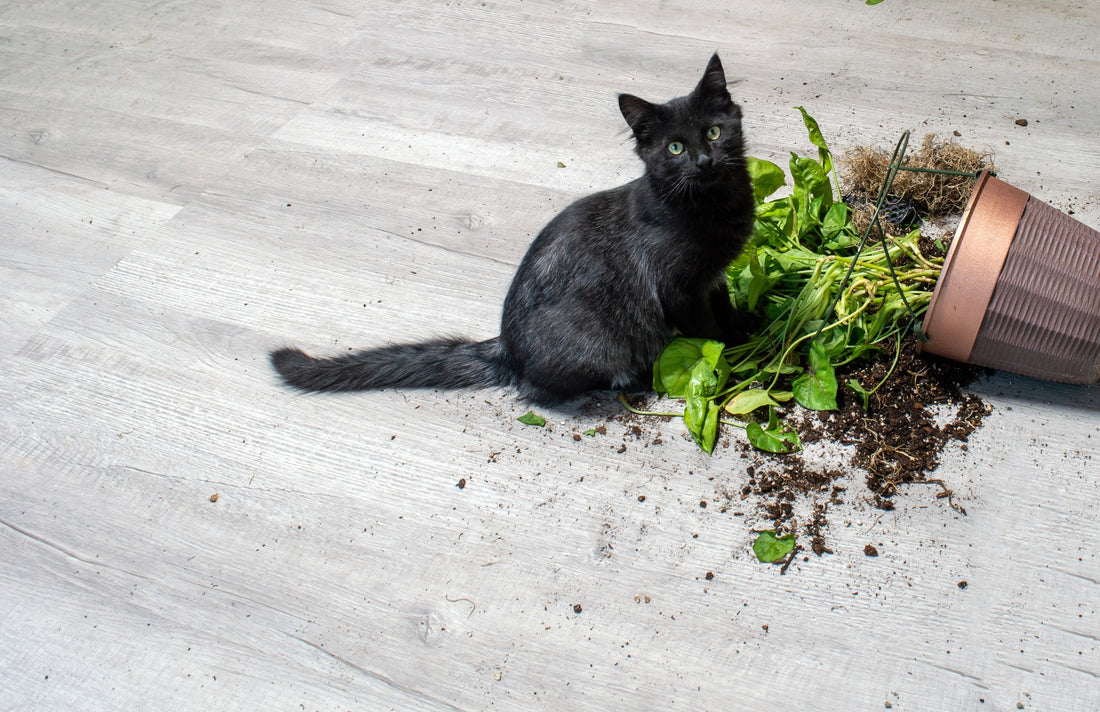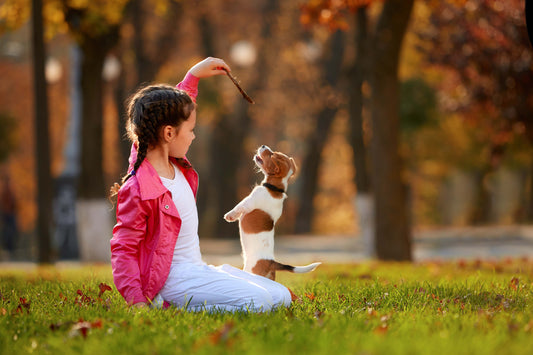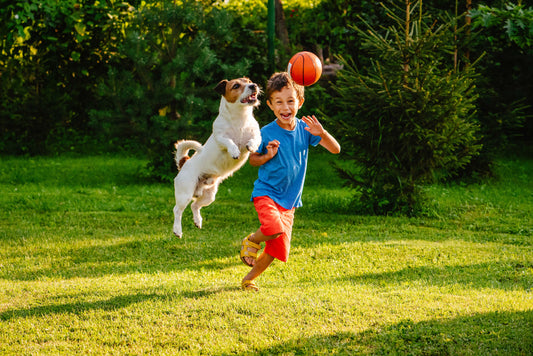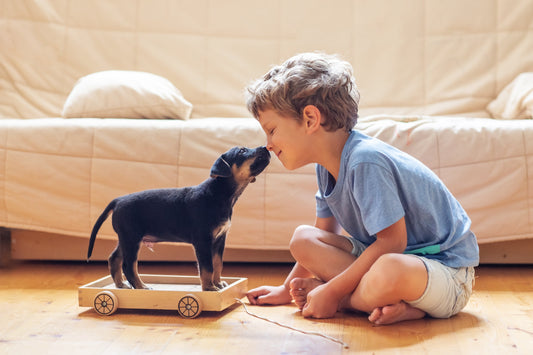Understanding your pet's emotions can strengthen the bond you share with them. Just like humans, dogs and cats can display behaviours that suggest feelings of guilt. Interpreting these signs can help you better understand your pet and address any underlying issues.
Recognising Guilt in Dogs
Dogs are expressive animals that use body language and behaviours to communicate their emotions. Here are some common signs that may indicate your dog is feeling guilty:
Avoiding Eye Contact
One of the most common signs of guilt in dogs is avoiding eye contact. If your dog has done something they know is wrong, they may avoid looking directly at you. This behaviour can stem from their understanding that direct eye contact could lead to a reprimand.
Ears Back and Tail Down
A guilty dog often has its ears pinned back against its head and its tail tucked between its legs. These are submissive behaviours indicating that your dog acknowledges they have done something wrong.
Cowering or Hiding
When dogs feel guilty, they may cower or hide in a corner or under furniture. This behaviour shows that they are trying to make themselves smaller and less noticeable to avoid punishment.
Excessive Licking or Yawning
Some dogs will lick their lips or yawn excessively when they feel guilty. These behaviours can be signs of stress and discomfort, indicating that your dog is anxious about being caught.
Pacing or Restlessness
A guilty dog may pace back and forth or show signs of restlessness. This behaviour can indicate that they are uncomfortable and unsure of how to react after doing something they know they shouldn't have.
Recognising Guilt in Cats
Cats are more subtle in displaying their emotions, but there are still behaviours that can indicate feelings of guilt:
Hiding
Similar to dogs, cats may hide when they feel guilty. They may retreat to a secluded spot or hide under furniture to avoid facing their owner.
Flattened Ears
A guilty cat might have its ears flattened against its head. This is a sign of submission and indicates that the cat is aware of its wrongdoing.
Avoidance
If your cat is avoiding you after doing something wrong, it might be a sign of guilt. They may steer clear of your usual interactions and places where they typically seek attention.
Excessive Grooming
Cats may groom themselves excessively when they feel guilty or stressed. This behaviour can be a way for them to soothe themselves and cope with the anxiety of being caught.
Slow Blinking
While slow blinking is often a sign of affection, in the context of guilt, it can indicate submission and an attempt to show that they mean no harm.
Interpreting Mixed Signals
Sometimes, pets can exhibit behaviours that might seem like guilt but are actually signs of fear or anxiety. It's essential to understand the context and other accompanying behaviours to accurately interpret their emotions.
Fear vs. Guilt
Fearful behaviours such as trembling, hiding, or excessive barking may be mistaken for guilt. However, these signs are usually more intense and accompanied by other indicators of fear, such as growling or trying to escape.
Anxiety Behaviours
Pets may also show signs of anxiety, such as pacing, excessive licking, or destructive behaviour. These actions might not always indicate guilt but rather a need for comfort or relief from stress.
Addressing the Behavior
Understanding your pet's feelings of guilt can help you address the underlying issues effectively:
Positive Reinforcement
Instead of punishing your pet for their behaviour, use positive reinforcement to encourage good habits. Reward them with treats, praise, or playtime when they exhibit desired behaviours.
Consistent Training
Consistency is key in training your pet. Ensure that everyone in the household follows the same rules and guidelines to avoid confusing your pet.
Providing Comfort
If your pet is showing signs of guilt due to anxiety or fear, provide them with comfort and reassurance. Create a safe and calming environment where they can feel secure.
Identifying Triggers
Pay attention to what triggers your pet's guilty behaviour. Identifying these triggers can help you prevent future occurrences and address any underlying issues.
Understanding Your Pet's Emotions
Seeing and interpreting signs of guilt in your pets can improve your relationship and help you address their needs more effectively. By understanding their behaviours and providing appropriate responses, you can ensure that your furry friends feel loved, secure, and understood.
Strengthening the Bond with Your Pet
Interpreting your pet's body language and emotions is crucial for a strong, healthy bond. By recognising signs of guilt and addressing the underlying issues, you can help your pet feel more secure and happy. At Healthy Pet Co., we're committed to providing you with the knowledge and products you need to care for your pets.
Visit our blog for more tips and resources to help your pets thrive. Together, we can create a loving and understanding environment for our furry companions.




